Spanish Wine Classifications & Spanish Wine Labeling
Keen on Spanish wine? If so, you may know that Spanish wines are split into a number of appellations called Denominación de Origen (Denominació d’Origen in Catalan). However, you may have seen that wines from Rioja bear a D.O.Ca. acronym, and those from Priorat are labeled as D.O.Q.
Why? What’s the difference between D.O. and D.O.Ca.? Here, we carefully decode Spanish Wine Labels and Classifications, and the differences between DO, DOCa, DOQ, and more.
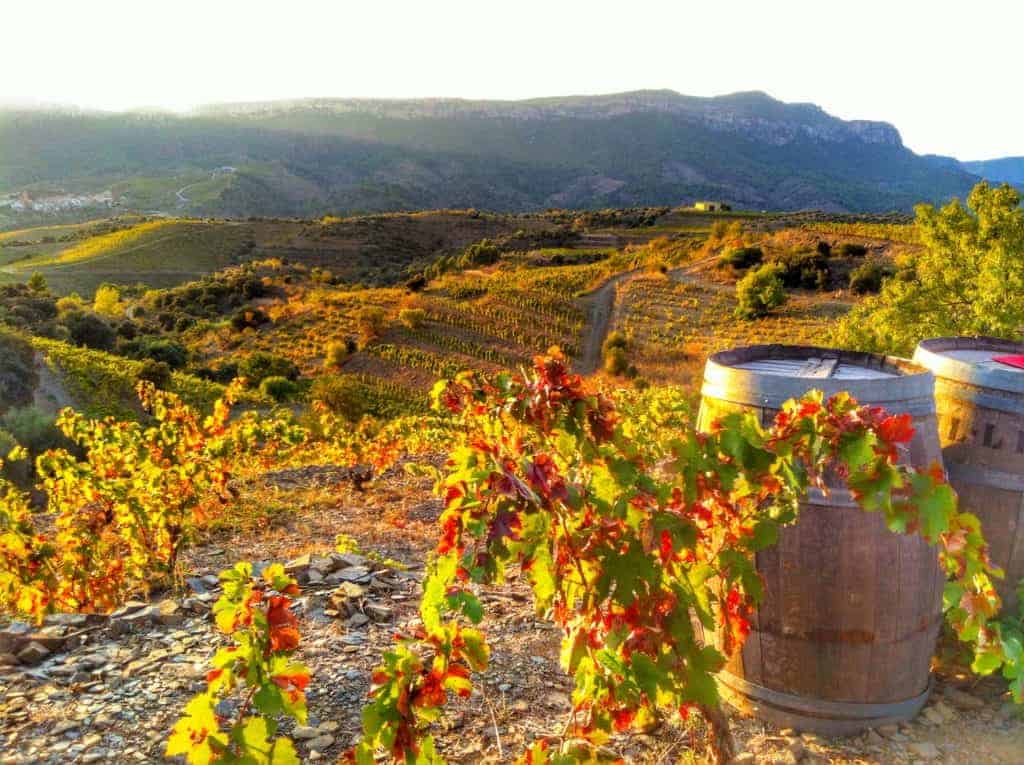
Both the term of D.O. (Denominación de Origen) and D.O.Ca. (Denominación de Origen Calificada) ensure that the wine is certified by a regulatory board and that it complies with high-quality standards. So what’s the difference between them?
RELATED: 22 Best Wineries in Rioja: Everything You Need To Know About Visiting Rioja Spain
D.O. Spanish Wine Labels
D.O. wines are prestigious beverages. They come from a delineated area and are elaborated up to established standards of quality and authenticity. Each D.O. is controlled by a regulatory board, which is in charge of surveilling important aspects throughout the wine-making process. This includes authorized grape varieties, grape yields per hectare, methods of wine-making, and length of wine aging.
In order to acknowledge a wine-producing area as D.O., such areas should have been previously acknowledged – for at least five years – as a quality wine producer under a geographical indication.
D.O.C.a Spanish Wine Labels
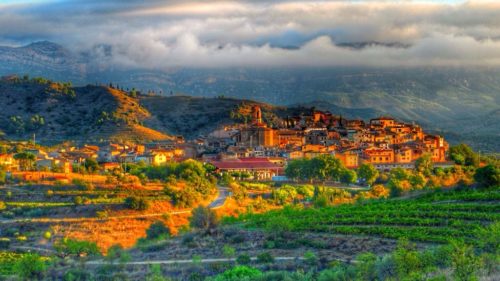
The D.O.Ca. wine category is only conferred to those wine regions that have adhered to high standards of quality during a long and sustained period of time.
The first wine appellation to achieve the D.O.Ca. status was Rioja in 1991. In 2000, the Catalan wine area of Priorat became a D.O.Q.
Some must-have requirements to be a D.O.Ca. include:
- A period of at least 10 years of official status as D.O.
- All products encompassed within such D.O. are bottled & sold at the cellar door, within the boundaries of the production area, and under proper quality control provided by a regulatory board.
RELATED: Spanish Christmas Markets, Fiestas, and Traditions
Legal Aspects of Becoming Classified as a D.O. or D.O.C.a
DENOMINACIÓN DE ORIGEN (D.O.) is the name of a determined region, county, site or place that has been administratively acknowledged for approving wines that abide by the following conditions:
- Being elaborated in the determined region, county, site, or place from grapes harvested within its boundaries;
- Being highly renowned in terms of commercial spread and interest to its origin;
- Stemming its quality and features basically of solely from its geographical environment that includes natural and human factors;
- Having been acknowledged as quality wines under a geographical indication for at least five years.
DENOMINACIÓN DE ORIGEN CALIFICADA (D.O.Ca.) must comply with additional requirements, apart from the aforementioned, as follows:
- Having completed at least ten years under the label of D.O.
- All wine is bottled and sold at the cellar door by officially recognized wineries within the boundaries of the area;
- Having a total control system from production to sales in terms of quality and quantity, including physical, chemical and sensory tests of limited-volume homogeneous batches.
- Being banned having on the same premises any wine lacking D.O.Ca. entitlement, except wines from qualified individual estates located within the appellation.
- Having a mapped delineation, village by village, of adequate lands for producing wines liable to D.O.Ca. entitlement.
Why does Priorat Belong to This Top Tier?
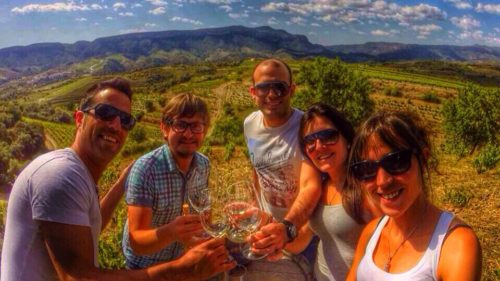
This is for a number of reasons. The D.O.Ca./D.O.Q. criteria listed above requires a great effort on the Vintners’ behalf…
René Barbier, a keen wine-maker from Catalonia, endeavored to raise Priorat from rags to riches, from canister beverages to dainty labels. He was followed, accompanied, and rivaled by other “founding fathers” of the new Priorat era: Alvaro Palacios, Daphne Glorian, Josep-Lluís Pérez, and Carles Pastrana.
Limited yield, onsite vineyard-to-bottle full-cycle production, a squeezed area of around 1800 hectares… All this seems so natural and ingrained nowadays. Few would imagine that this fruit was a risky tradeoff between the sticky mud of single-CO-OP bulk wine for peanuts, and the uncertain bet on high-end wine from “no man’s land.”
RELATED: The Perfect Itinerary For Visiting Priorat Spain
According to many, the first option would have guaranteed a blissful, virtually anesthetic death for the region’s economy and vine-farming tradition. Jobless younger generations were moving out and skilled elder dwellers were just naturally passing away.
The second scenario saw a small “newbie” fish venturing into a big pond of “age-oldies.” Producing grapes on handkerchief-sized plots of the vineyard (steep slopes and narrow terraces), garage artisanry, high costs, no fame, fuzzy commercial outlook…
Well, contrary to what Aldous Huxley’s characters would say, “mending was better than ending.” So eventually, Priorat clicked… and elbowed its way to the high-end wine market.
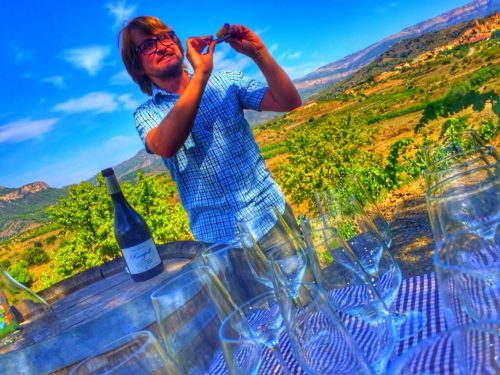
Another important side of the Priorat narrative bolsters its status: its monastic past. The wine-making tradition was brought here by the Carthusians. The spread of Christian rituals oftentimes entailed the spread of vine-growing. So it was very wise of the wine “hippies” of the 80s to capitalize on Priorat’s history and tradition. Their appreciation of Grenache and Carignan as Priorat’s main workhorses was also intertwined with some intents of introducing new varietals previously unknown here, in a bet to bring Priorat closer to some French high-quality regions.
Over time, the traditional grape varieties have recovered their prestige, and Priorat has consolidated its essence and image as an isolated, peaceful, meditative place, where the word “spirit” manifests all its connotations.
So when you decide to come over and explore the spirit of Priorat, just drop me a line, and we’ll draw up an agenda for your unique experience!
More Ways to Discover Spain and Spanish Wine
A Breakdown Of The Rioja Wine Region and its Sub-Regions
The Best Cities For Food and Wine Lovers in Spain
The Perfect 3 Week Itinerary For Visiting Spain
You are reading “Spanish Wine Labels & Classifications: DO vs DOCa and DOQ” Back To Top
Europe wine destinations, Spanish wine, where to go wine tasting in Spain: wineries in Spain
If you enjoyed this guide, be sure to follow us on Twitter and Facebook to interact with other Winetravelers and for travel inspiration around the world.
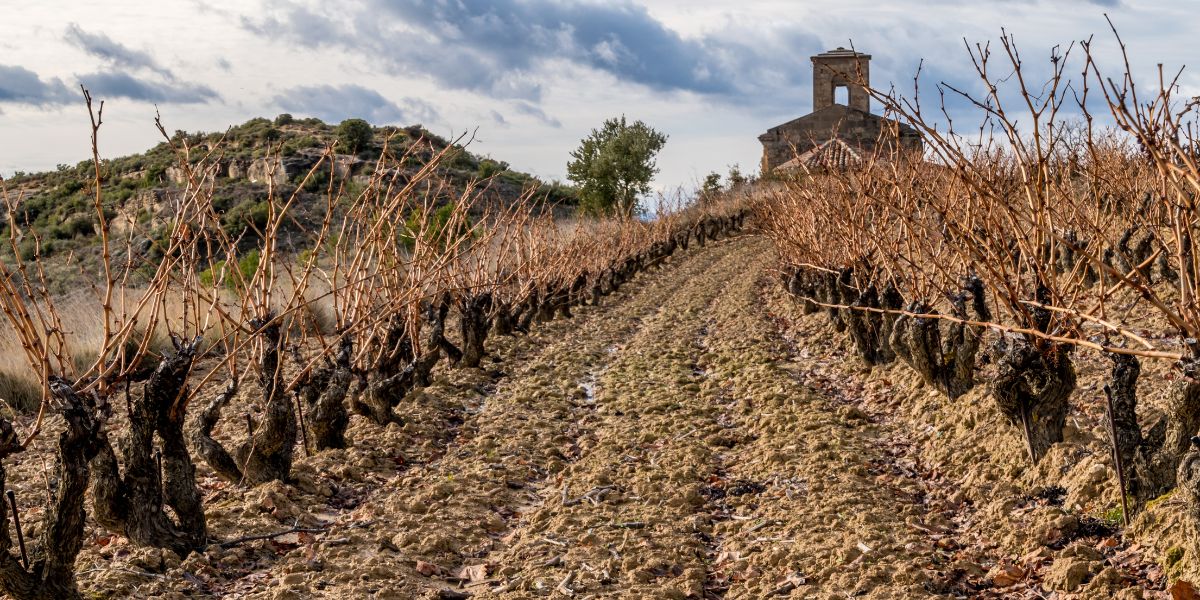
[…] Spanish wines. In fact, Rioja and Priorat (DOQ) are the only wine regions that hold the preeminent DOCa (Denominación de Origen Calificada) status. Rioja produces Tempranillo grapes, usually blended […]
[…] antiga denominação da Espanha (1925). Essa região também obteve o primeiro título em 1991 de Denominación de Origen Calificada D.O.Ca. ou D.O.Q. A região demarcada é subdividida em três: Rioja Alta, Rioja Baja e Rioja Alavesa. Essas áreas […]
[…] D.O.Ca. status was La Rioja in 1991. More information about these certifications can be found at Wine Traveler. Now let’s journey through the vineyards and vibrant traditions that make La Rioja a […]